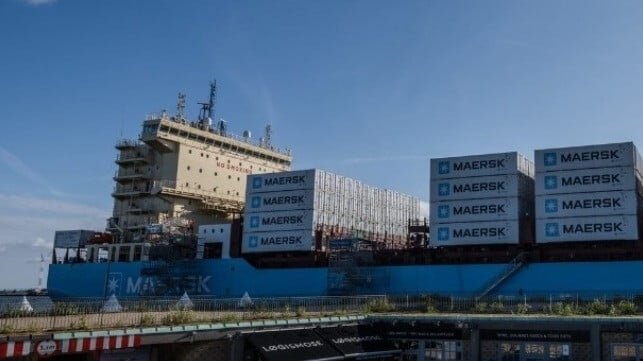Lloyd’s Register Updates Study on Clean-Fuel Engine Retrofits for 2023
Lloyd’s Register (LR) has recently revised its 2023 study on clean-fuel engine retrofits to reflect changes in the green energy market. The updated analysis reveals that the limited availability of e-fuels will lead to a delay in the adoption of methanol-fueled engines, potentially impacting the timeline for achieving IMO emissions goals.
According to LR, one of the key assumptions in the previous modeling was that all vessels constructed post-2027 would be capable of using zero- and near-zero emissions fuels. However, with the slow uptake of alternative fuels and uncertain regulatory frameworks, the timeline for widespread adoption of clean fuels may be pushed back. This could result in a higher demand for retrofitting services in a shorter timeframe, putting additional pressure on retrofitting capacity.
Currently, only Europe has implemented regulations that incentivize shipowners to transition to zero-emissions fuels. Discussions regarding carbon taxes at the International Maritime Organization (IMO) are ongoing, further complicating decision-making for shipowners. As a result, many are opting for conventional bunker-fueled propulsion or dual-fuel LNG engines, with orders for green fuel-capable vessels taking a back seat.
LR’s report highlights a shift towards LNG-fueled ships, with over 305 orders placed in 2024 alone. This surge in LNG propulsion has overshadowed the growth in methanol- and ammonia-fueled fleets, signaling a preference for proven technologies over emerging alternatives.
While methanol conversions are expected to increase in the coming years, primarily in the container segment, the pace of adoption remains modest. LR projects a gradual uptick in conversions through 2029, predominantly driven by methanol-fueled retrofits.
Looking ahead, LR anticipates a surge in demand for alternative fuel retrofits once the IMO introduces regulatory measures to promote zero-carbon fuels. However, concerns have been raised regarding the limited shipyard capacity available for future retrofit projects. LR has identified 16 yards with the expertise to undertake such conversions, with MAN highlighting an additional 11 yards. Despite this, the combined capacity may fall short of meeting the projected demand peak of 1,000 conversions per year.
In conclusion, LR emphasizes the importance of regulatory signals in shaping the future of alternative fuel adoption within the maritime industry. As shipowners and fuel producers await clearer directives from regulators, the market for clean-fuel retrofits is poised for growth, with 2025 expected to be a pivotal year for the industry.

